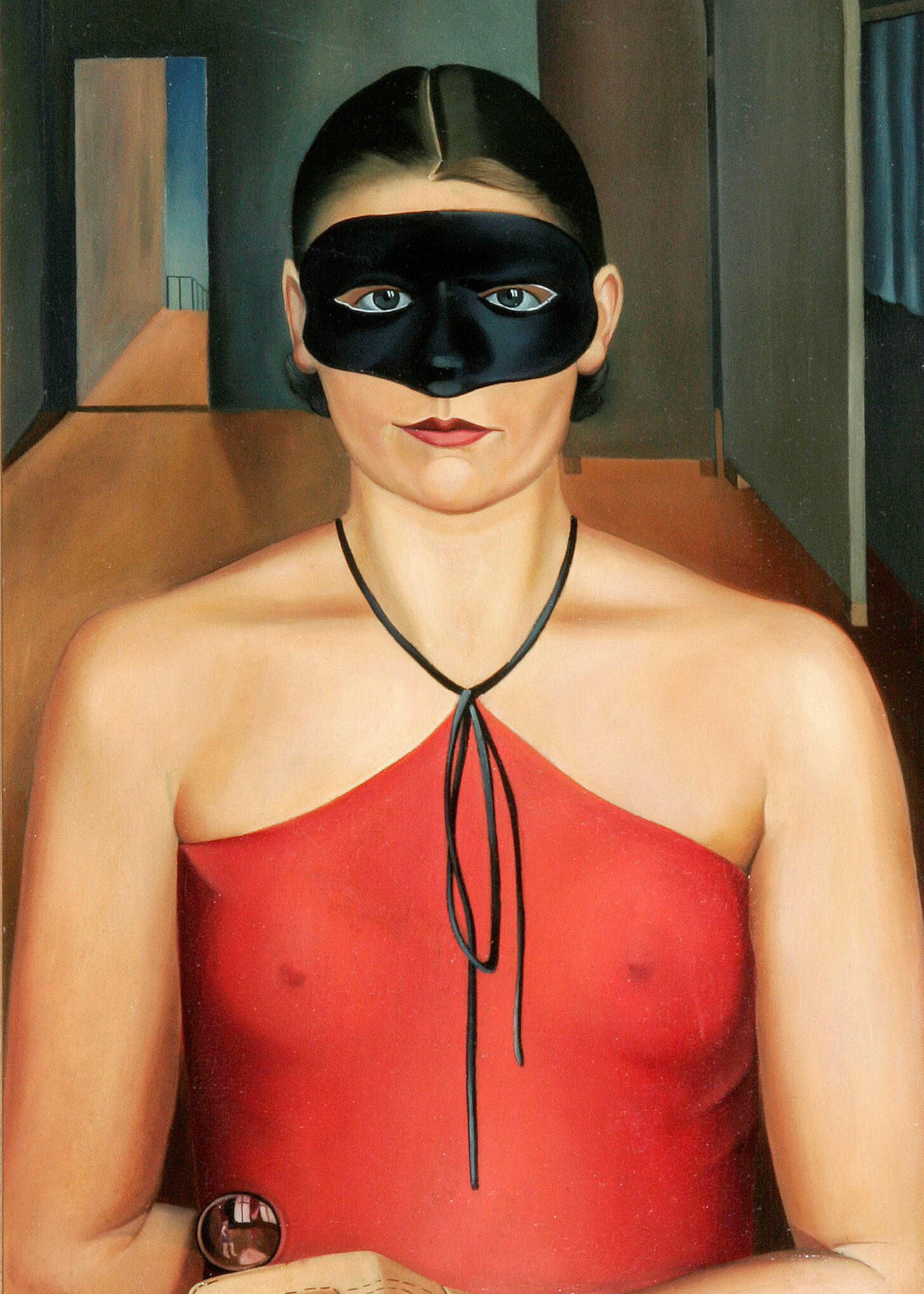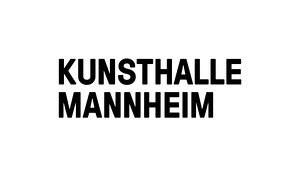A Centennial
November 22, 2024–March 9, 2025
With the show he curated in 1925, The New Objectivity: German Painting since Expressionism, Gustav Friedrich Hartlaub (1864–1963), the second director of the Kunsthalle Mannheim, famously lent a succinct name still used today to a whole current in twentieth-century painting. Far beyond its art-historical significance, the term has become synonymous with the cultural dawn of the 1920s and the rationality and functional precision that can be observed in painting and the graphic arts as well as in architecture, design, photography, and literature. At the same time, rarely has an artistic development and the term found for it been as controversial or subsumed artistic positions so difficult to reconcile. Even the distinction Hartlaub introduced between a “left” and a “right” wing failed to adequately reflect the entire spectrum.
There was agreement that the new art should be defined as a consequence of Expressionism and in distinction from it. At the same time, there was consensus that the new style was a consequence of World War I and all its effects as well as a reflection of the upheavals and crises of subsequent years. During the Weimar Republic, this cross-discipline phenomenon was already recognized as a movement or feeling of the era. Perhaps this was ultimately the reason that the historical exhibition and its title were so successful and pioneering.
A century later, we are pursuing multiple goals in this centennial exhibition. A look at the genesis of the historical exhibition and the works presented should both pay tribute to and critically evaluate Hartlaub’s curatorial achievement. Although there are no photographs of the rooms in the historical exhibition, 110 of the 132 works shown have been documented photographically in a digital reconstruction and thus provide for the first time such extensive insight into its concept.
We are now included that Hartlaub did not perceive or even excluded. Not a single woman artist was represented in the exhibition in 1925. On the one hand, that was because women were disadvantaged in the art world at the time; on the other hand, the work of several women artists painting in the New Objectivity style was only just being developed around 1925 and so escaped Hartlaub’s attention. Probably for organizational reasons, with a very exceptions Hartlaub deliberately chose not to look beyond Germany’s borders, even though the turn to a representational language of forms was not a phenomenon limited to Germany. To demonstrate this, works by international artists are also being presented in our exhibition. Hartlaub himself still reflected on his curatorial activity years later and clearly saw the dangers of oversimplifying but also of appropriating the New Objective “style.” Although it was already evident in the mid-1920s that the New Objective visual language was transitioning increasingly into a neo-Romantic, backward-looking style, the National Socialist seizure of power represented a turning point that had a lasting and often dramatic influence on art but also on the fate of artists. This can be followed from selected examples in the exhibition. Hartlaub himself, who was one of the most avant-garde museum directors of his day, was removed from his position by the National Socialists in 1933. Many of the modern paintings he acquired were confiscated as “degenerate” in 1937 by those in power and were lost to the museum. That should be remembered as well.



